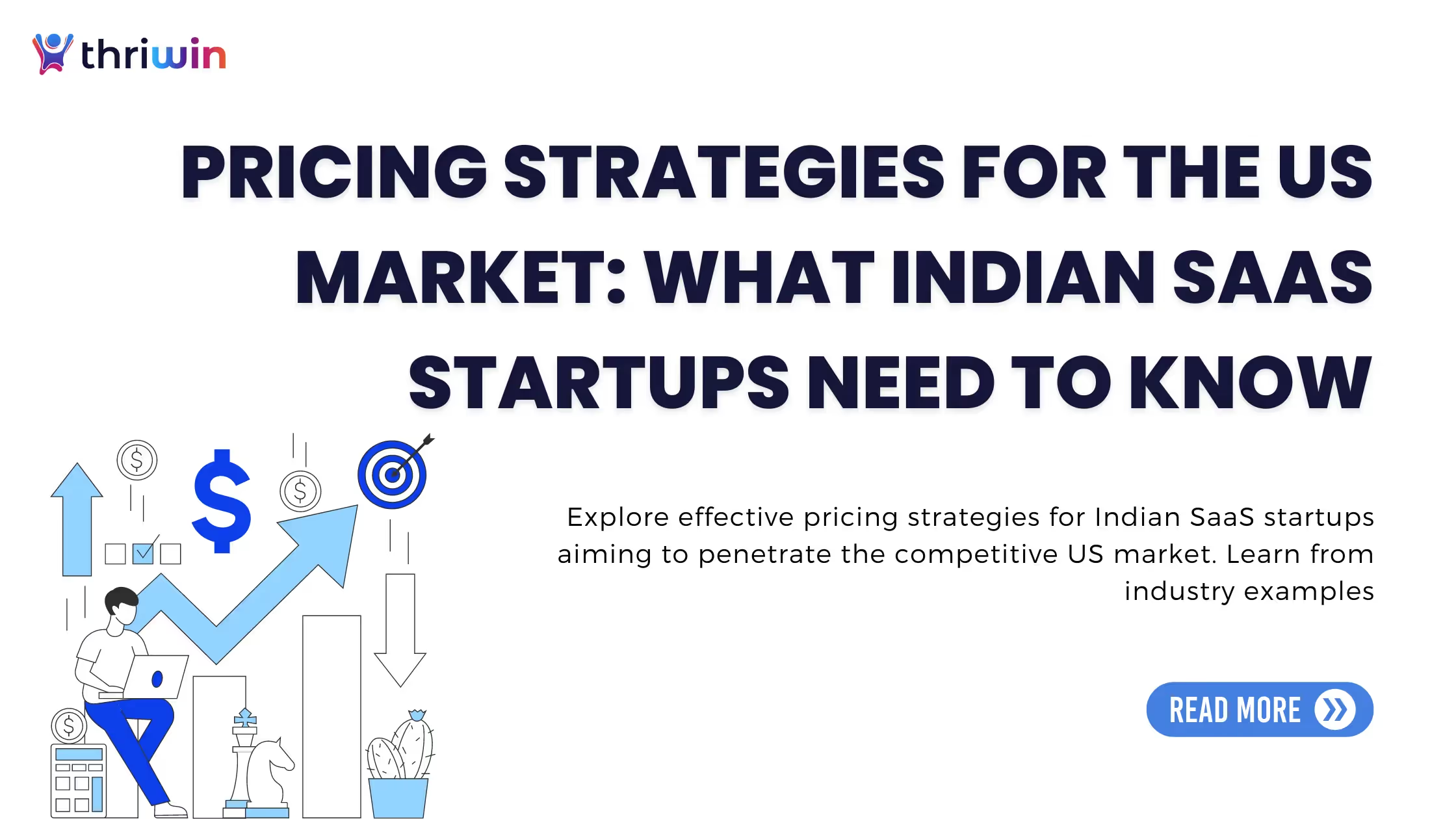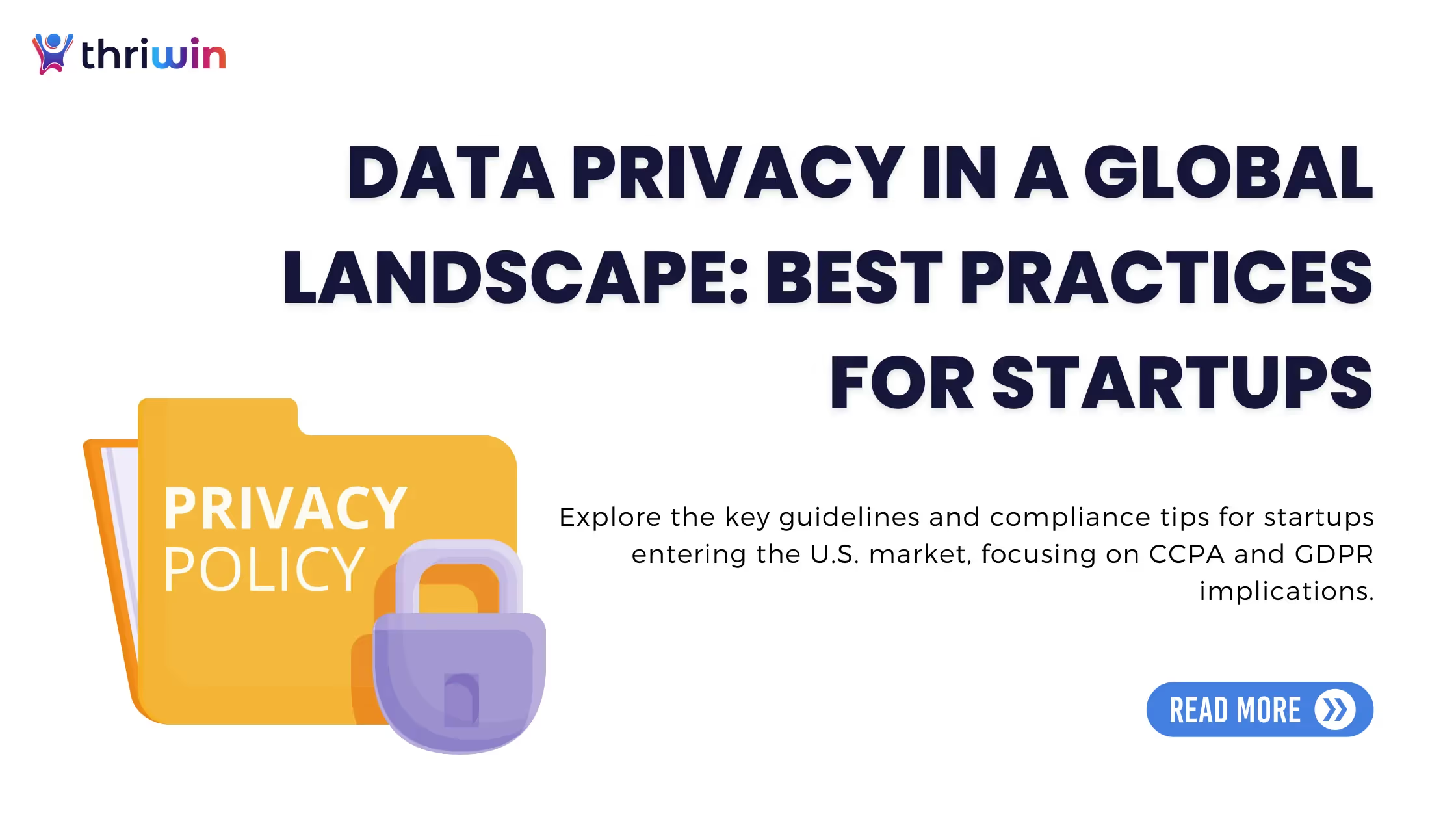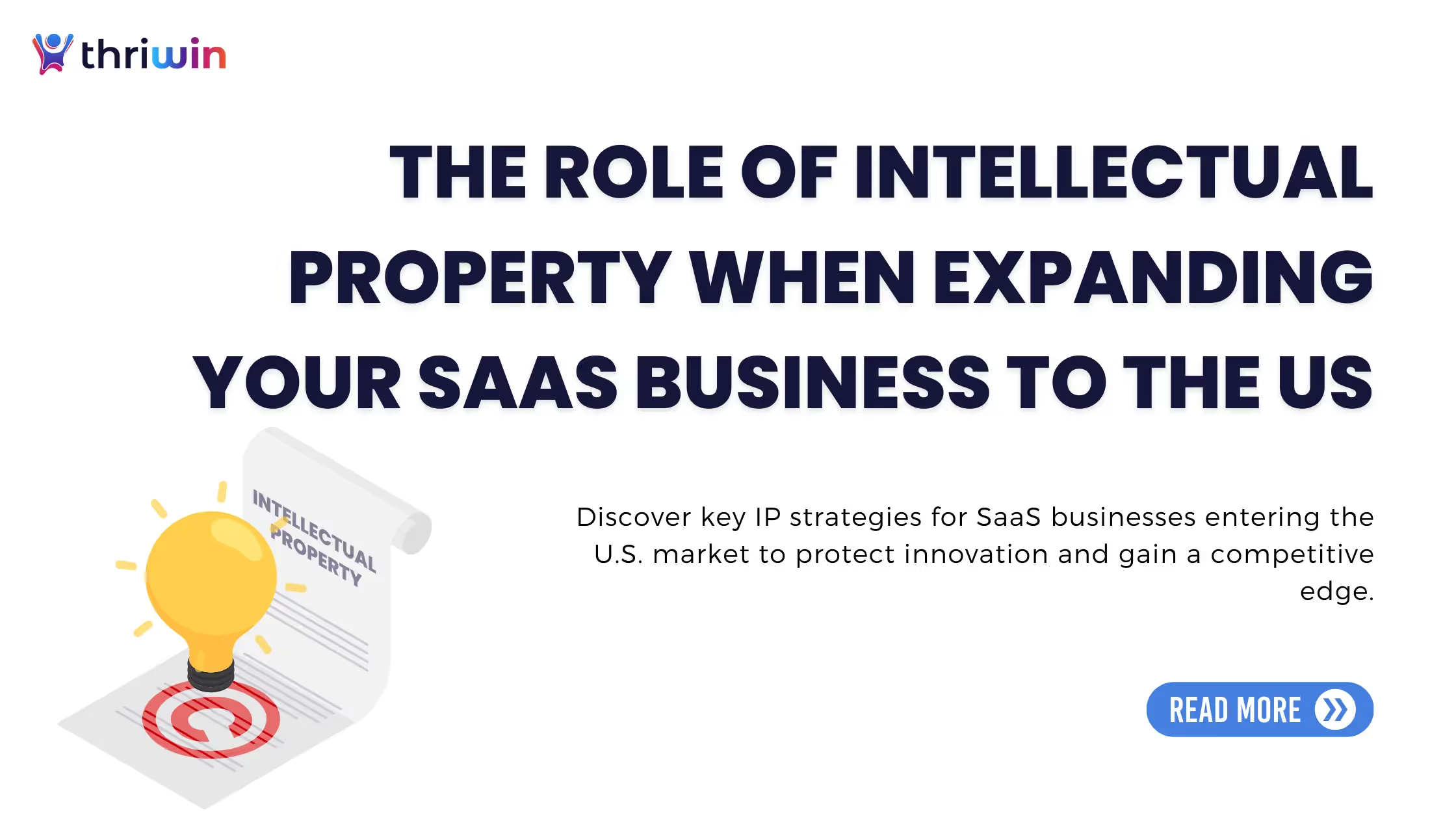Getting to Know the US SaaS Market Landscape
The US SaaS market is renowned for its intense competitiveness and diverse customer base. For startups venturing into this arena, it is crucial to analyze several key factors: the market’s maturity level, potential customers’ purchasing power, and the established presence of competing businesses. These factors significantly influence a startup's strategic decisions. A mature market demands innovative solutions that stand out, while understanding purchasing power helps tailor pricing to match what customers are realistically willing to pay. The presence of established competitors necessitates a pricing strategy that not only competes effectively but also showcases clear differentiators. Integrating these insights into your pricing strategy ensures it aligns with broader business objectives and meets customer expectations. This thoughtful alignment helps ensure that your pricing not only attracts customers but also contributes to your company’s long-term financial health.
Pricing Models for SAAS Startups That are Selling to the US Market
Understanding the foundational pricing elements in the SaaS industry is crucial for startups aiming to penetrate the competitive US market. Here, we detail specific pricing strategies that align with both customer expectations and business goals, emphasizing simplicity, transparency, and alignment with user benefits.
Value-Based Pricing:
This strategy sets prices based on the perceived or estimated value of a product to the customer rather than historical pricing or production costs. For instance, an Indian B2B SaaS company offering advanced cybersecurity solutions might use this approach to reflect the cost savings and security benefits it provides to US businesses, justifying a higher price point where the ROI is clear.
Feature-Based Pricing:
Effective in markets like the US where customization is valued, this strategy involves pricing products based on different tiers of feature sets, allowing businesses to cater to various customer segments and maximize revenue. A SaaS company might offer basic, advanced, and enterprise tiers, each adding more features and support options.
Competitive Pricing:
Startups may set their prices comparable to or lower than those of established competitors to attract customers familiar with similar products. For example, a startup offering project management tools might price slightly lower than popular tools like Asana or Trello but with added features or localized support for US businesses.
Market Entry Pricing:
This strategy, used during the initial launch phase, sets lower prices to quickly attract new customers, essential for gaining an early market foothold.
Loss Leader Strategy:
This involves pricing one product or service at a loss as a strategy to attract customers and gain market share, planning to upsell more profitable services or products later.
Penetration Pricing:
Designed to capture market share quickly, this aggressive strategy is useful in saturated markets. Startups might initially offer lower prices to stand out, planning a gradual increase as the brand gains recognition.
Freemium Pricing:
Offers essential services for free while reserving advanced features for paid tiers. It lowers the barrier to entry and is effective for rapidly building a user base. For instance, Thriwin, a SaaS platform from India, utilizes this model to attract US businesses by providing a basic version of their software at no cost, with essential features suitable for small to medium-sized enterprises, and then offering paid upgrades.
Effective Pricing Practices for Achieving SaaS Success
For SaaS startups, dynamic pricing adaptation in response to evolving market demands, competitive landscapes, and operational cost changes is crucial. This section details how startups can effectively adjust their pricing strategies to remain agile and responsive in the competitive US market.
Adapting to Market Demand
Monitoring market demand trends allows startups to adjust their pricing to maximize revenue without alienating customers. This includes employing demand-based pricing adjustments and seasonal promotions that cater to market fluctuations.
Responding to Competition
To remain competitive, startups must adapt their pricing based on movements and feedback from competitors. This could involve reactive pricing changes and benchmarking against leading competitors to ensure offerings remain compelling yet competitive.
Managing Cost Changes
Adjusting pricing strategies in response to fluctuating operational costs is essential for maintaining profitability, especially during economic downturns or shifts in supply chain costs. This strategic flexibility helps startups manage their financial health against external economic pressures.
Balancing Cost with Value
Determining the right price point that reflects the software's value is a complex challenge. This balance requires continuous market research and customer feedback to ensure pricing adjustments do not undermine the perceived value of the product.
Market Perception and Pricing Adaptation
Rapid changes in technology and competitive actions can swiftly alter customer expectations around pricing. Startups must remain flexible and proactive in their pricing strategy adjustments to keep pace with these changes.
Complexity in Pricing Models
Choosing and managing complex pricing models poses significant challenges. Startups need to consider how each model affects scalability, revenue predictability, and customer satisfaction. Simplifying pricing models without losing the nuances that provide competitive advantages requires careful strategic planning.
Tips for Effective SaaS Pricing
Here are some essential insights and practical tips to help SaaS companies develop effective, flexible pricing strategies that resonate with diverse customer bases and support business growth.
Testing and Feedback
The effectiveness of SaaS pricing isn't static; it requires continual testing and refinement. Regularly experimenting with different pricing points and structures is vital to optimize revenue. Equally important is incorporating customer feedback into these adjustments. This approach allows companies to understand the impact of pricing changes on customer satisfaction and retention, making it a crucial strategy for fine-tuning pricing models to better meet market demands.
Transparency and Simplicity
Clear and straightforward pricing is essential to prevent customer confusion, which can be a significant barrier to sales. Transparency in pricing not only builds trust but also aids customers in understanding exactly what they are paying for, reducing the friction in the decision-making process. Simple pricing structures are easier for customers to navigate and can lead to higher conversion rates and customer satisfaction.
Adjusting Prices Over Time
As a business grows and market conditions evolve, adjusting pricing is necessary to reflect changes in cost, competition, and customer expectations. Regular reviews of pricing strategy ensure that a company remains competitive and continues to offer value that customers are willing to pay for. This ongoing process helps in maintaining alignment with market trends and business objectives.
Understanding Customer Value Perception
Understanding how customers perceive the value of a product or service is crucial in pricing. This perception influences their willingness to pay and can vary widely based on demographic, economic, and psychographic factors. Companies must engage with their customer base to gauge this perception accurately and adjust pricing to reflect the value delivered, enhancing customer satisfaction and optimizing revenue.
Using the PPP Pricing Calculator
The PPP (Purchasing Power Parity) pricing calculator tool enables founders to adjust their pricing strategies based on the economic conditions of different countries, ensuring that prices are equitable and tailored to each market's purchasing power. We created a PPP pricing calculator that can be particularly effective for SaaS companies looking to expand into new international markets by providing a data-driven approach to global pricing.
Understanding the BigMacIndex
The BigMacIndex, originally developed by The Economist as an informal way of measuring the purchasing power between two currencies, provides valuable insights for setting international pricing strategies. By integrating the BigMacIndex into your pricing strategy, you can align your prices with the local economic environment, making your product more competitive and accessible in international markets. This index is especially useful for SaaS companies that need to understand how their pricing could be perceived across different economies.
Choosing the Right Tools and Techniques Before Starting Out
For Indian SaaS startups planning to enter the US market, choosing the right tools and techniques before setting pricing strategies is vital. Thorough market research will inform a tailored approach to competitive or value-based pricing. At the same time, robust financial management and customer relationship systems help monitor and adjust strategies based on real-time data. Additionally, ensuring compliance with US regulations is crucial for a successful market entry. Selecting appropriate tools across these areas will empower startups to navigate and succeed in the competitive US landscape effectively.
FAQs
- What is the best pricing strategy for Indian SaaS startups entering the US market?
For Indian SaaS startups, value-based and penetration pricing strategies are highly effective. Value-based pricing aligns the price with the perceived value to the customer, while penetration pricing aims to quickly build a customer base by setting lower initial prices.
- How can Indian SaaS startups adapt their pricing strategies as they grow in the US market?
Startups should regularly review and adjust their pricing based on market demand, competitive landscape, and cost changes. Utilizing a flexible pricing model allows startups to stay competitive and responsive to market dynamics.
- What are common challenges Indian SaaS startups face with pricing in the US?
Key challenges include balancing cost with perceived value, adapting to rapid market and technology changes, and managing complex pricing structures effectively. Continuous market research and customer feedback are essential to navigate these challenges.
%201.svg)






